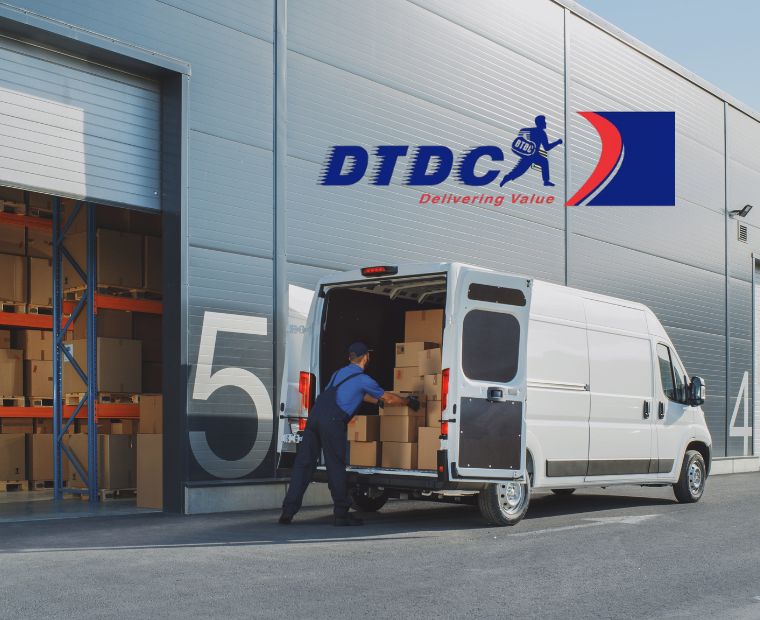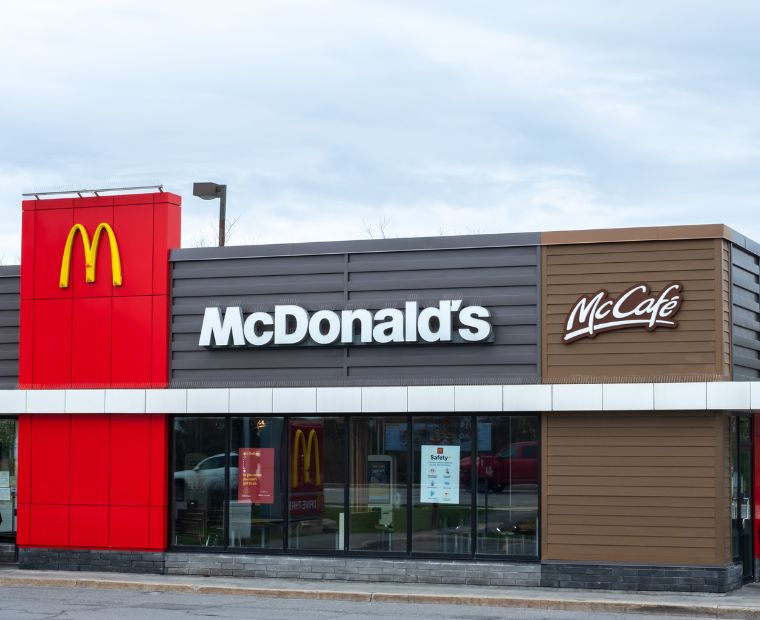
Table of Contents
Modified On:
Find out how GST on restaurants works, what tax rates apply to food items and how restaurant services are billed under the new tax regime.
In July 2017, India introduced a revolutionary taxation system, the Goods and Services Tax (GST). This step changed the way we are taxed when we dine out.
Earlier, both the central and state governments used to charge different taxes on food and restaurant services.
GST replaced many of those overlapping taxes and brought in a few exemptions. So, whether you own a restaurant or just love eating out, there is a lot you might want to know.
In this blog, we will talk about this topic, exploring GST for restaurants, its implications for restaurant services and food items, and the associated tax benefits in a simplified manner.
What is GST on restaurants?
The Indian government levies a tax system on the food and restaurant industry, depending on the establishment type.
At present, the applicable rates of GST on restaurants are 5%, 12% and 18%, which the restaurant owners are liable to pay to the government after getting registered on the official portal.
However, businesses can also avail Input Tax Credit (ITC) on the tax paid on particulars, including rent, raw materials, and utilities. Note that it is completely subject to specific conditions.
However, there is relief for small restaurant owners or start-ups whose annual turnover does not cross the threshold of ₹1.5 crore.
The Indian government has introduced a composition scheme that enables them to pay a fixed tax rate, much lower than the specified GST rate for all.
Find out what is the GST on used cars and how to calculate it.
Pre-GST Taxes Applicable on Restaurant Meals
If you look at the pre-GST restaurant bill, you will find 3 major components: service tax, service charge, and VAT.
Let us explain every component in detail:
- VAT: This tax was imposed on the food portion of your restaurant bill.
- Service Tax: This tax was charged on the services you had availed from the restaurant.
- Service Charge: This portion of the whole taxation structure is applied by the restaurants and not by the government. As it is not sent to the government, the service charge is not considered a tax. It is an income for the restaurants. On the other hand, service tax is collected from you and submitted to the government as tax.
Impact of GST on Restaurant Meals and Food Items
The Indian government introduced GST to replace multiple indirect taxes with a unified tax system. This move had a significant impact on the restaurant and food industry.
Here is a synopsis that showcases how GST affects this industry:
Simplifying the Entire Tax Structure
As mentioned earlier, food businesses and restaurant owners now have to pay only GST instead of multiple taxes in India.
This simplifies the process, reduces the cost of compliance and makes tax regulations easier to follow.
Increasing Transparency in the Format
After implementing GST, businesses witnessed greater transparency in the taxation system. Maintaining records and filing regular tax returns have become more structured and transparent, increasing compliance and reducing tax evasion.
Making an Impact on Prices
Not everything is positive when talking about the impact of GST on restaurants and food items. According to experts, it has had a mixed impact on the restaurant and food industry.
While the rates for some items have increased in this new format, the privilege to avail ITC has helped reduce prices for other food items or services. The overall impact has been moderate.
Calculate GST on various items with our free GST calculator.
GST Rates on Restaurant Services
Take a look at the following table to explore the GST rates applicable to restaurant services:
GST Rates on Food Items
Take a look at the following table to explore the GST rates applicable to food items:
Restaurants Under the GST Composition Scheme
The GST on restaurants that fall under the composition scheme are allowed to pay a concessional 5% GST to the government. The conditions to fall under this category are:
- Annual turnover should be less than ₹1.5 crore
- No outward supply of goods across states
- Non-GST items not supplied or served
- No sales via e-commerce platforms
Download the Jar app and save money in digital gold instantly.
The Bottom Line
The GST on restaurants and food items is not the same and varies based on different factors. These include the type of service, the kind of restaurant, ITC eligibility, and whether it’s located inside a hotel.
However, this uniform tax structure simplifies billing and other aspects of business compared to the pre-GST era. As far as return filing for restaurants is concerned, businesses need to file GSTR-1, GSTR-3B and GSTR-9 returns regularly.
Frequently Asked Questions
1. What is the maximum GST rate applied to food items?
The maximum GST rate applied to food items is 28%, which is on particular food items, including carbonated and caffeinated beverages.
2. Do we need to pay both CGST and SGST on restaurant bills?
Yes, you are required to pay both CGST and SGST on restaurant food for within-state transactions. The total amount is divided equally between CGST and SGST. For instance, if the rate is 18%, CGST will be 9% and SGST will be 9%.
3. Are there any food items that are exempt from GST?
There is a list of food items that are exempt from GST, such as fresh fruits and vegetables. You can check the table above and explore the food items with no GST.
4. Do we have to pay GST for takeaway food items?
Yes, GST applies to takeaway food items, with rates ranging between 5% and 18%. The rate depends on the restaurant’s location.
5. Are restaurants eligible to claim Input Tax Credit?
Yes, restaurants are allowed to claim Input Tax Credit for items such as raw materials, furniture, and kitchen equipment if your business is registered under the regular GST scheme. Restaurants that fall under composite schemes cannot avail of ITC.

Save Money in Digital Gold

.svg)








.png)
.png)














